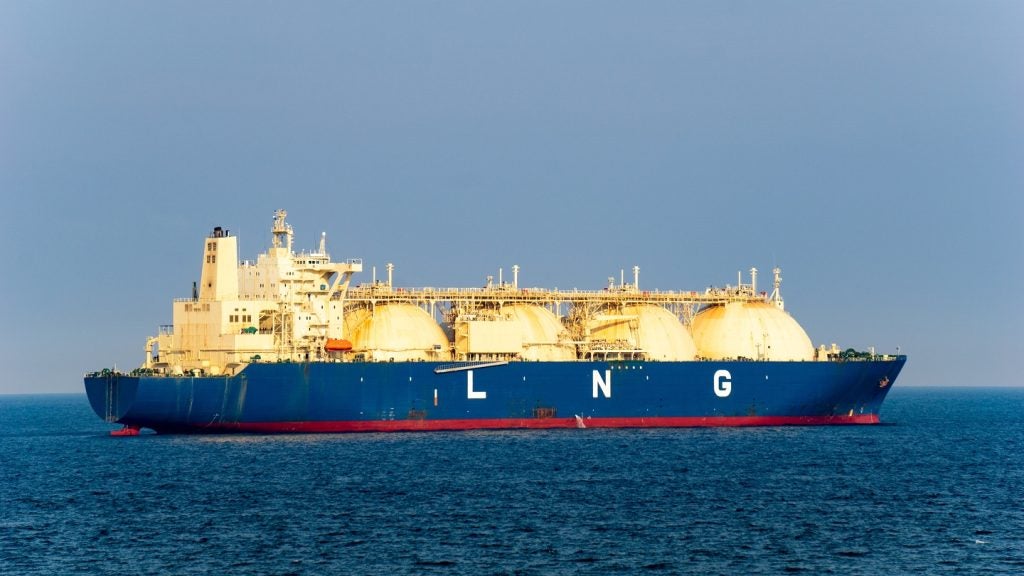Inventories at US liquefied natural gas (LNG) export plants dropped to a one-year low this week as an Artic freeze disrupted flows, causing them to be diverted to the domestic market. Furthermore, Freeport LNG’s facility in Texas experienced mechanical problems.
Gas flows to the seven big US LNG export plants have fallen to an average of 13.9 billion cubic feet per day (bcf/d) so far in January from a monthly record of 14.7bcf/d in December, according to LSEG data.
LNG feedgas was on track to rise again by around 4.2bcf/d over the past two days to 13.5bcf/d on Thursday after dropping by 5.8bcf/d from 13–16 January to a one-year low of 9.2bcf/d on Tuesday.
One billion cubic feet of gas is enough to supply around five million US homes for a day.
Most of this week’s fall in output occurred at US energy company Cheniere Energy’s Sabine Pass facility in Louisiana and Corpus Christi operation in Texas, Freeport LNG’s plant in Texas and Cameron LNG’s plant in Louisiana.
At the Freeport plant, liquefaction train 2 shut on 16 January and train 3 tripped on 17 January.
Analysts told Reuters that some of the gas supplies have been diverted back into US domestic markets rather than be liquefied for sale overseas, especially as spot gas prices in the US market have been high. For instance, next-day gas prices at the Henry Hub in Louisiana soared to a 22-month high of $13 per Metric Million British thermal unit (MMBtu).
The analysts added that this diversion back to the domestic market was especially likely with global gas trading at a five-month low of around $9/MMBtu at the Dutch Title Facility benchmark in Europe and a seven-month low of $10/MMBtu at the Japan Korea Marker in Asia.
In 2023, the US was the world’s largest exporter of LNG.









